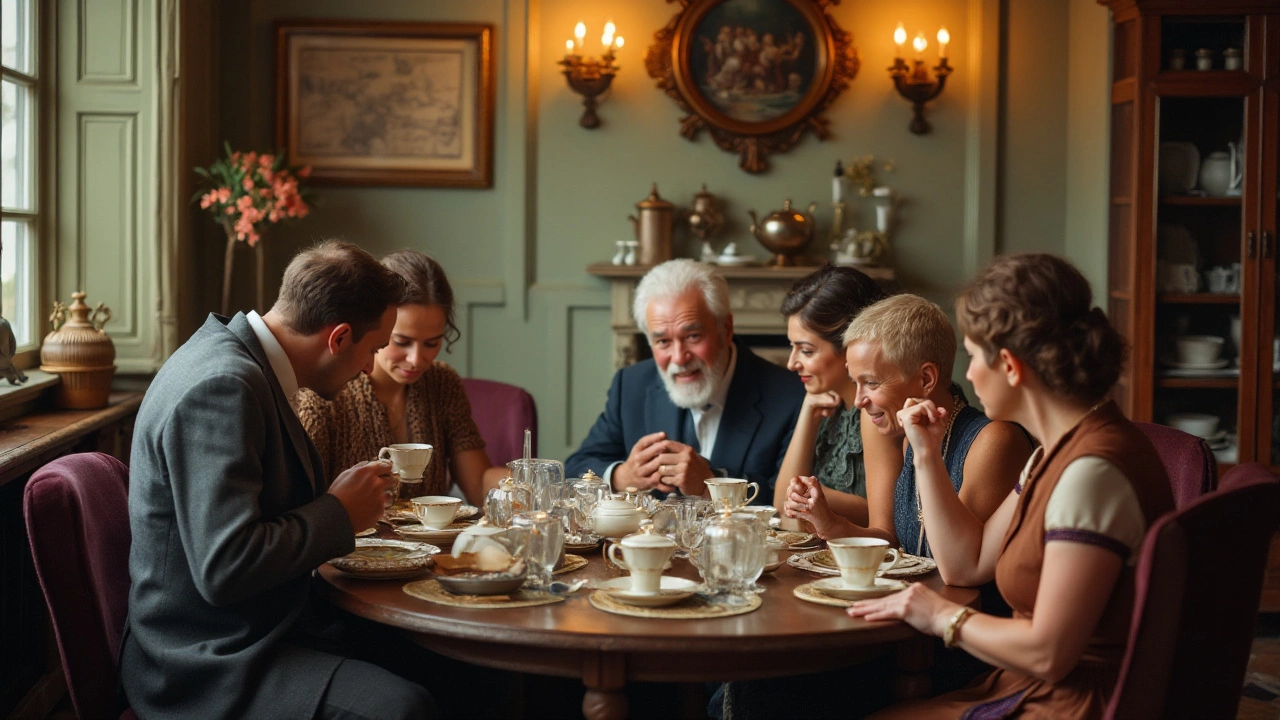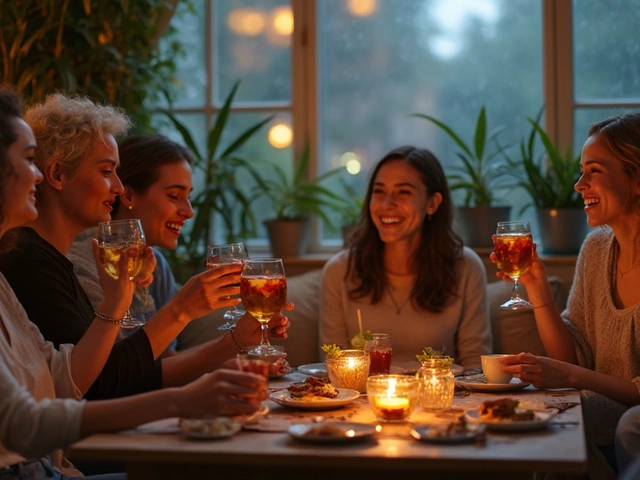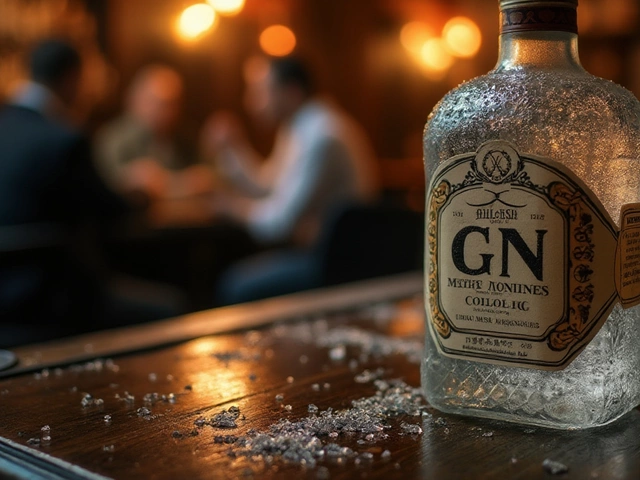Sensory Evaluation: Taste Wine Like a Pro
If you’ve ever wondered why some people can pick out blackcurrant, oak, or even a hint of leather in a glass, the secret is sensory evaluation. It’s not magic – it’s a set of habits you can learn. Below you’ll find the core ideas and a few easy tricks to make your next tasting feel more like a science experiment and less like guesswork.
What is Sensory Evaluation?
Sensory evaluation is the practice of using your five senses to break down a drink’s profile. In wine, you focus on sight, smell, taste, and even the feel of the wine in your mouth. First, look at the color – a deep ruby might hint at ripe fruit, while a pale straw suggests a lighter style. Next, swirl and sniff. Your nose catches volatile compounds that carry the aroma story. Finally, sip and let the wine coat your tongue. Notice sweetness, acidity, bitterness, and the finish. This step‑by‑step method turns a vague ‘good or bad’ feeling into concrete observations.
Practical Tips for Better Tasting
1. Clean your palate first. Drink a sip of water or eat a plain cracker before you start. It wipes away leftover flavors and lets you hear the wine’s true voice.
2. Use a consistent glass. A tulip‑shaped glass funnels aromas to your nose and reduces spillage. If you switch glasses mid‑session, your brain gets confused.
3. Take notes. Jot down three words for aroma, three for taste, and one word for the finish. Over time you’ll spot patterns – maybe you always notice citrus in Sauvignon Blanc or spice in Syrah.
4. Practice with food. Pair simple foods like cheese, fruit, or dark chocolate with the wine. Notice how the flavors blend or clash. This helps you understand the role of acidity and tannin.
5. Don’t rush. Let the wine sit in the glass for at least a minute after swirling. The volatile compounds need time to rise, and you’ll catch subtler notes like herb or minerality.
Remember, sensory evaluation isn’t about being perfect; it’s about being consistent. The more you use the same steps, the more reliable your impressions become. Try these tricks at your next wine night and see how quickly your descriptions sharpen.
Want more ideas? Check out our posts on “Best Foods to Eat Before a Whisky Tasting” and “What to Drink Before Wine Tasting.” They dive deeper into palate prep and how different drinks interact with your senses. Happy sipping!
Tea tasting offers an immersive exploration of diverse flavors and aromas, making it an essential skill for tea enthusiasts. The process involves several steps designed to evaluate the quality and characteristics of different teas. Factors such as leaf appearance, aroma, flavor, and mouthfeel play a significant role in the evaluation process. Understanding the nuances of tea tasting can enhance one's appreciation and knowledge of this ancient beverage. This guide will lead you through the essential steps to enhance your tea tasting experience.
View Details

